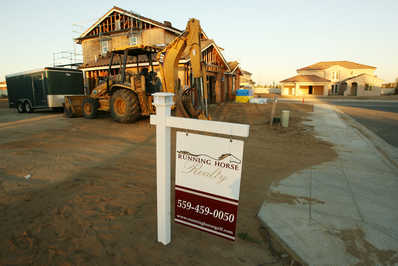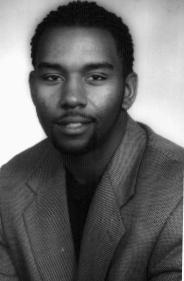On Wednesday, December 17, a group of about 30 concerned citizens and organizations won their plea before the Fresno Planning Commission
 asking them to uphold the City's decision to not allow the southwest Fresno Cottonwood Creek South Gate facility to operate. Cottonwood Creek Consultants, a locally owned renewable technology company had operated a single cell protein production facility that processed water waste from milk and cheese industries into caloric feedstock for animals, appealed to the Commission about the revocation of their site plan.
asking them to uphold the City's decision to not allow the southwest Fresno Cottonwood Creek South Gate facility to operate. Cottonwood Creek Consultants, a locally owned renewable technology company had operated a single cell protein production facility that processed water waste from milk and cheese industries into caloric feedstock for animals, appealed to the Commission about the revocation of their site plan.Recently retired planning director, Nick Yovino had revoked the site plan that allowed them to operate this fall after working with Cottonwood Creek for eight months with no resolve on numerous solid waste and public nuisance violations and citations at the plant due to odor and overwhelming air-borne chemicals. The City's code enforcement department was asked by Yovino to investigate the situation after the former director, others members of city staff and the community went on a tour of the Darling International meat rendering plant in October 2007. The group noticed a significant odor that wasn't coming from Darling as it wa
 s not online at the time but from the adjacent city-owned South Gate Pre-Industrial Wastewater Plant. Yovino promised to have the situation investigated as the group noticed four uncovered pools of foaming water and milk products.
s not online at the time but from the adjacent city-owned South Gate Pre-Industrial Wastewater Plant. Yovino promised to have the situation investigated as the group noticed four uncovered pools of foaming water and milk products.The owners armed with the staff, consultants and the Central Valley Business Incubator spoke to the merits of the demonstration site and how it produced 200,000 gallons of recycled water a day available to water-starved Westland Water District for irrigation along with a resalable product from the milk waste-feedstock. One commissioner countered that the quantity of water was relatively small given that 27,000 gallons are needed to do a one inch irrigation of one acre of farm land (how did we calculate that?) and the Westlands is compromised of 600,000 acres.
The Incubator argued that the pain should be tolerated in order to support a locally headquartered company that would produce jobs (presently 18 employees) and build up the renewable/recycling industry. Members of the community countered that the smell was too profound especially in a one-mile radius of five schools (preschool-12), four churches, and hundreds of residents. Also Sarah Sharpe, Environmental Health Director from Metro Ministries and Edison High alumnus spoke to the potential unknown health hazards that the facility may present in its' open air biological processing.
The owner and regional investors also spoke to the $3 million investment they had made into the project, which they didn't expect to make a significant return for another eight years. Tate Hill, Chair of the District Three Implementation Committee stated the Edison/Southwest Fresno Merger II Advisory Planning Committee approved the project on the contingency that the site would do no harm. He was concerned about the odor's impact on the Housing Authorities' HOPE VI Project that has $20 million of federal funding along with the $100 million plus of potential commercial and housing development in the surround area.
Among the individuals that came out for the almost four hour agenda item included representatives from
 California Rural Legal Assistance, The Concerned Citizens of West Fresno and the National Network In Action that spoke in support of the city's action. At the end, the Commission agreed the City and voted unanimous to deny Cottonwood Creek's appeal.
California Rural Legal Assistance, The Concerned Citizens of West Fresno and the National Network In Action that spoke in support of the city's action. At the end, the Commission agreed the City and voted unanimous to deny Cottonwood Creek's appeal.

